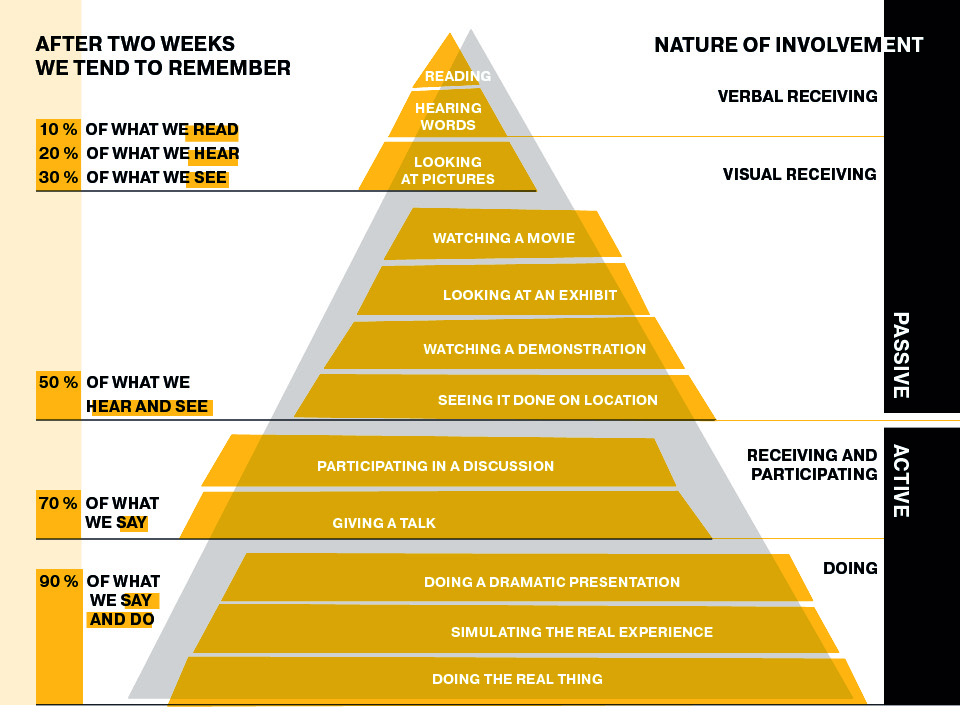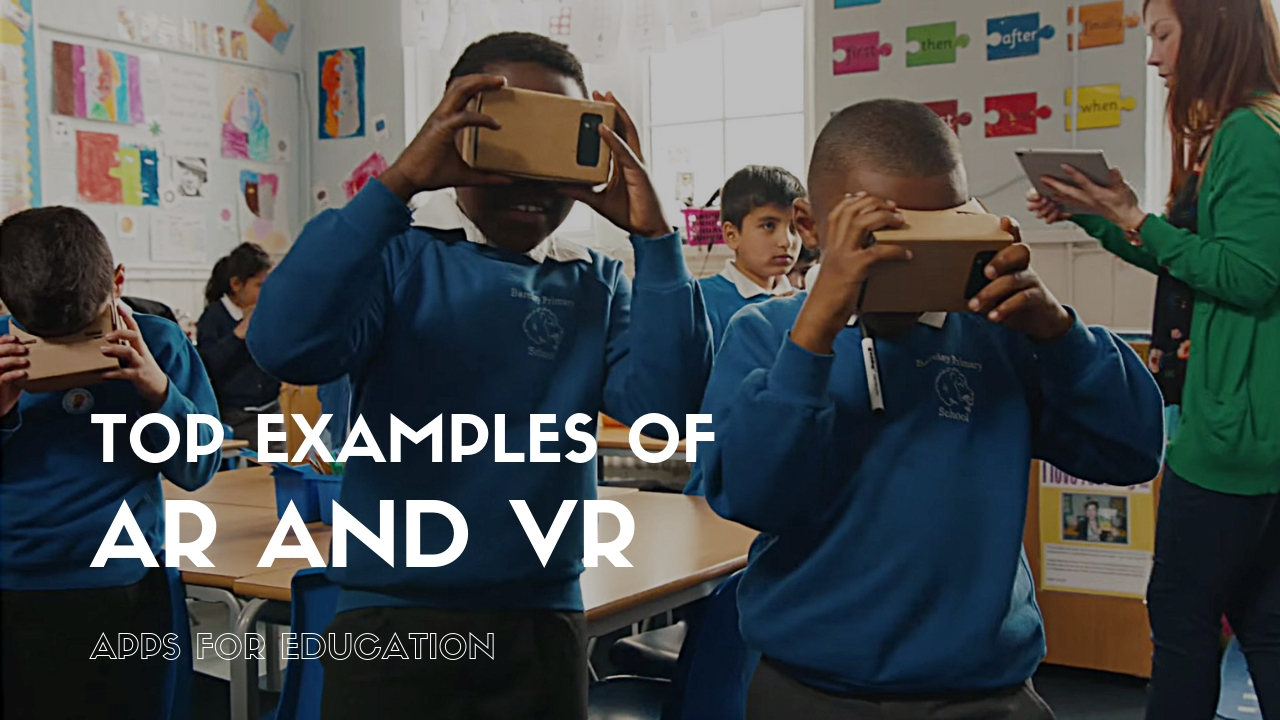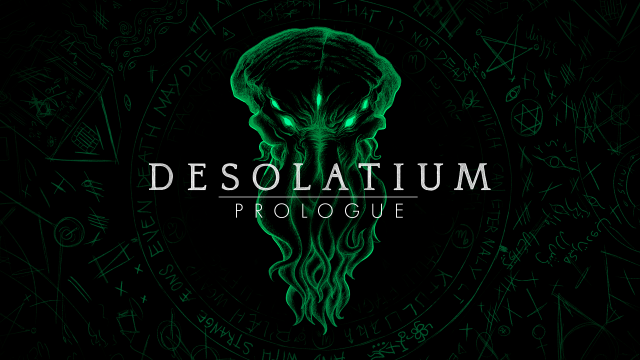Top examples of AR and VR apps for education
HD 3D made by our brain
Our brain is the most powerful 3D computer in the world, constantly processing, remembering and producing 3 dimensional content in our heads. It’s our way of thinking. A thought (most of the times) comes with a corresponding image.

And just as it is for film, so is it as well for our brain:
It’s a bit of a hassle to turn 2D content into 3D and the other way round. Simply put, it’s not easy for our head to translate 2D information (for example a printed text or graphics on a computer display) into a corresponding, imaginary 3D image inside of our head (which is essential to make sense of the situation).
Consequently, to what extent would it increase our brain’s productivity and decrease the learning curve, if we just skipped the 2D to 3D processing and fed our brains with 3D input right away?
This is the moment when Augmented and Virtual Reality jump on the bandwagon. By placing us right into the virtual world or placing info onto our real-world 3D, knowledge is presented right in front of our eyes or we’re even interacting with it.
It’s more effective when it’s active

How doing things actively and by ourselves is so much more effective than being the passive observer to it is shown by the Cone of Experience by Edgar Dale: The graphic displays how after 2 weeks after learning something you remember
- only 10 % of it if we read about it. Say, you yourself did research about something you want to learn and looked it up on the internet. You only read over it and forget about basically everything right afterwards.
- at least 50 % of what you heard AND saw (like in the traditional school system: The teacher uses the blackboard and explains the issue to you verbally).
- basically everything, 90 % of an issue when we went through an active learning process (say and do).
So how come teacher-centred teaching is still so common nowadays? When we clearly already have the resources to rejig our ways of schooling completely, for instance by the use of VR and AR?
Applications for the classroom
If you want to be one of those who set the ball rolling: Here’s a list of our favourite apps with which you can have fun with your kids. No matter if your a teacher in a classroom or a technophile parent, no matter if you’re fully equipped with head-mounted displays or you just have a smartphone at hand.
Art

With Tilt Brush you get the possibility to lift up all your drawings and imagination up from your paper and into 3-dimensional space. All you need is a VR headset and controllers.

If you’re not that well equipped, don’t you worry. Quiver got your back. Simply print out the colouring sheets, colour with any colours you like and let your drawings come to life by hovering your AR-compatible device, your phone for example, over it.

Rather feel like observing than creating yourself? With Boulevard you get to see the most famous paintings right on front of you in AR or VR in the museums. To get more information about the artwork you can zoom in and out on the details.
Science

When teaching little kids about anatomy, showing real pictures of organs probably isn’t the smoothest option. Cat Explorer offers the cutest way to find out about what happens inside of bodies, in VR.

In contrast, for the most realistic view, 3D4Medical gives you insight in bones, joints, muscles, their movement, how they work together and everything else a professional needs to know, presented in AR.

Take a deep journey into the brain in super realistic VR. The game InMind VR lets you surf through peoples’ minds.

The app Star Chart lets you know exactly what you’re looking at in the sky. Aim your AR-device up towards space and learn about star constellations and more.
Geography
Most of us adults still can remember the excitement the day before you’d leave to a field trip with school. Even if it was just to a to you quite unimportant historical spot. Say, the town’s church. Now imagine, how excited would you have been about going to places thousands and thousands of kilometres away from your hometown? With the VR technology of Google Expeditions it’s possible. And just like on a real field trip, the app lets you organise a completely professional guided tour by taking the lead on the teacher’s device. So no fear, you won’t lose your children somewhere around the Great Wall of China.

Also, Sites in VR lets you go through a huge brochure of places all around the world (and off the world. You can even visit places on Mars!).
Maths

With Shapes 3D understanding 3-dimensional shapes in maths class becomes easier than anything, even for the ones with bad visual thinking. Unfold objects, draw dimensional lines, draw sections and much more.
Languages

We all know Google Translate as the go-to translator of everyday life. That its translations aren’t always the most correct, we know as well. Just by forming the word with our lips, teachers’ faces shudder with fear. Though we should make an exception when it comes to the AR function in Google Translate’s app. By pointing the camera at a writing in a foreign language, you see the translation of it immediately pop up on the display. A fun tool to play with when studying vocabulary.
History

Using VR to go to places far away? Cool and convenient. Going to places that only existed in ancient times? Cool and absolutely impossible in real life. Unimersiv VR lets you travel back in time to see places, you wouldn’t be able to ever see otherwise. Besides, it also lets you travel through space and through the human body – an allrounder!
The app Sites in VR not only offers the possibility to visit places of our time, as mentioned in the Geography section, it also has a selection of Ancient sites.
Presentations

Unless you’re 100 % self-confident and an extrovert by birth, speaking in front of superior colleagues or big groups probably isn’t your favourite thing to do. With that goal in mind though, and just as it is with other tasks you struggle with at first: practice makes perfect. To provide the best training for your speech or job interview, VirtualSpeech places you right in that environment and even gives feedback on how well you did and interacted with your audience. Comes in handy for students finishing school as well as teachers preparing new classes.
The acronym DICE
The acronym DICE can be used to sum up everything you can experience thanks to Augmented and Virtual Reality.

DANGEROUS Experience situations that in other cases could cost your life. Experience the thrill without the threat. Furthermore, in this way people can be trained and prepared for situations in dangerous environments, for example, a sudden outbreak of fire.
IMPOSSIBLE By having read the examples from above, you already know what we’re talking about. It’s obvious that taking a walk on Mars, stepping inside of a painting or travelling back in time, in fact, is impossible. The Party – a visual experience of autism even makes you see how a person with autism feels like on a crowded party.
COUNTERPRODUCTIVE With virtual reality you can simulate situations that in real life just wouldn’t make any sense if you did them. With it you create lessons for life. You can demonstrate to people, how much paper is needed for one notebook. You can even make them clear cut the whole forest for their notebook in VR. There’s no way you would take such measures in account in real life to create understanding and empathy.
EXPENSIVE Even if your journeys in VR aren’t dangerous, impossible or counterproductive, your plans still might be too expensive, especially, when a whole school class is involved. With AR and VR, those experiences, field trips, experiencing events in the first row appear much more affordable.
DICE explains everything un-explorable that can be explored through VR. Everything children can be immersed in, that they elsewise couldn’t find themselves in. Adding to this, that children are explorers by nature: We think AR and VR in education are more than promising and we can’t wait to see the chances further development and discovery of the technology in that field brings. And we hope, by now, you’re convinced too!
I hear and I forget. I see and I remember. I do and I understand.
– Confucius






